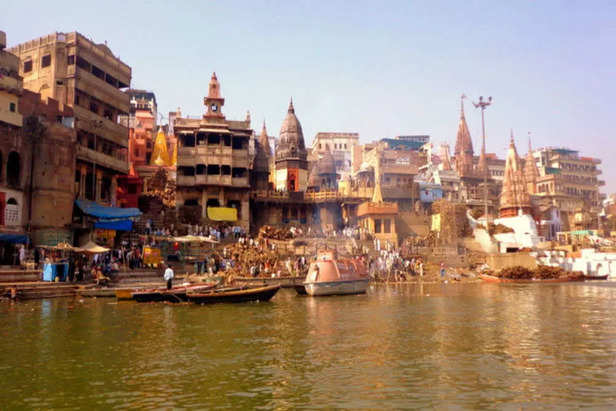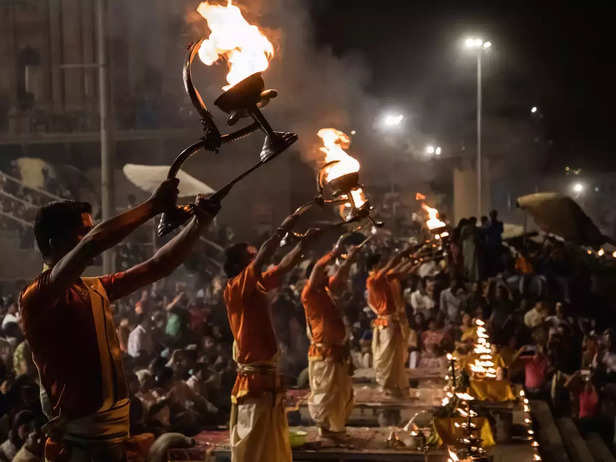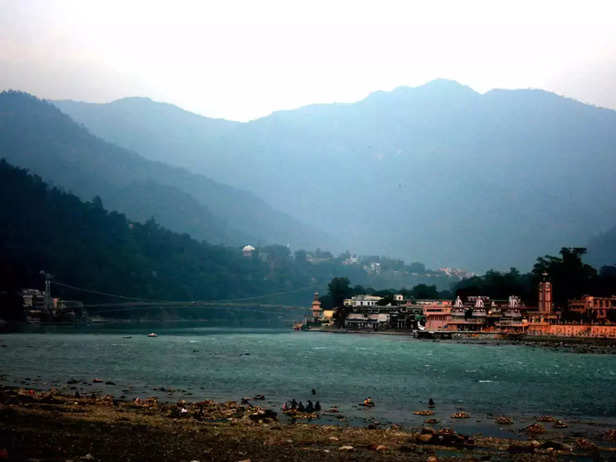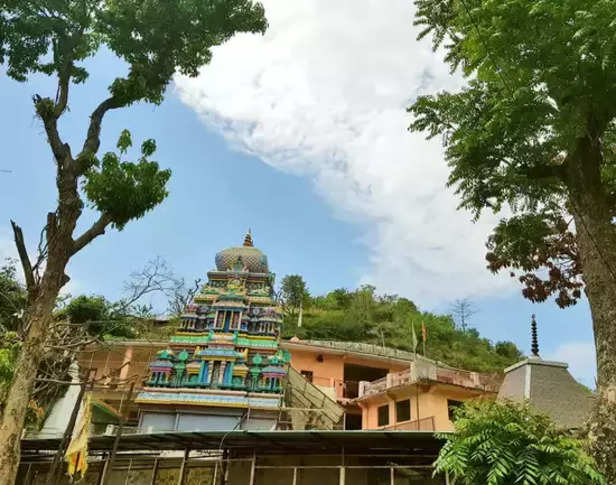5 Most Famous Temples on the Holy River Ganga You Must Visit
The Ganga is not just a river. It’s the lifeblood of a civilization. Over centuries, it has carried stories of devotion, power, pain, and transcendence. It flows not just through the land, but through the collective heart of India. Along its banks are temples, not just of stone and mortar, but of memory, belief, and continuity. The temples of the Ganga are not merely sites of worship; they are reflections of what it means to live a life with purpose, to engage with the divine in the chaos of human existence. Each temple is a quiet testament to the endurance of faith, of a spiritual journey that goes beyond the physical.
1. Kashi Vishwanath Temple, Varanasi
But the true essence of Kashi Vishwanath lies in its simplicity: it is not a place to be awed, but a place to reflect. To understand that all the questions we seek answers to have already been asked, and the only way forward is through the quiet act of searching. The river flows just beyond, constant and unyielding, reminding you that even in the face of uncertainty, there is a rhythm to life, an order we may never fully understand but must learn to live with.
2. Maa Ganga Aarti, Haridwar
In that moment, you’re not just a witness to a ceremony. You are part of it. You are reminded that sometimes, the greatest power comes not from holding on, but from letting go. The Aarti teaches you that surrender isn’t weakness—it’s strength. Strength in accepting the flow of life, even when it pulls you in unexpected directions. It teaches you that devotion is not about being subservient, but about acknowledging that we are part of something much larger than ourselves.
3. Triveni Ghat, Rishikesh
In the hustle of everyday life, we often forget that there is wisdom in silence. Triveni Ghat doesn’t preach this—rather, it lets you discover it for yourself. It shows you that sometimes, in the act of doing nothing, you find everything you need. It’s a lesson in mindfulness, in being present without the need to rush toward a solution.
4. Neelkanth Mahadev Temple, Rishikesh
We often want to separate the sacred from the profane, the good from the bad, but Neelkanth reminds us that the two are intertwined. Without the poison, there would be no nectar. The temple speaks to our human nature—our flaws, our struggles, and yet, our capacity for greatness. It teaches us that the divine isn’t some distant, untouchable force; it lives in the contradictions, in the moments of vulnerability and strength. To understand the divine, we must first understand ourselves, in all our complexity.
5. Daksheswar Mahadev Temple, Haridwar
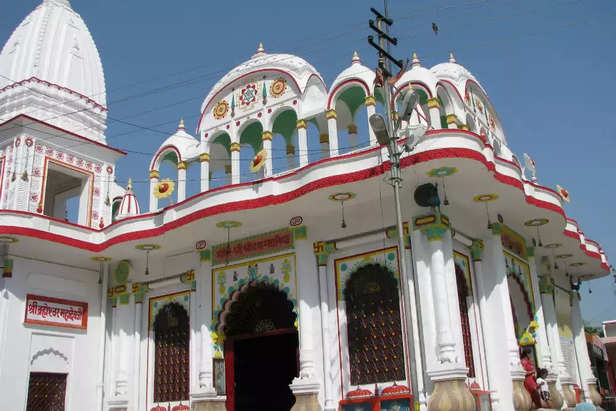
The Daksheswar Mahadev Temple is more than just a spiritual spot—it’s a portal into ancient family drama. Tied to Lord Shiva’s clash with his father-in-law, King Daksha, the story teaches us that pride and unresolved conflict have lasting consequences. It’s a reminder that the divine, like us, struggles with ego and choices that shape destiny.
This temple invites us to reflect on our own conflicts and growth. It’s not about perfect resolutions, but the wisdom found in facing struggles head-on. Daksheswar isn’t just about history—it’s about learning from the past to navigate life’s complexities today.
